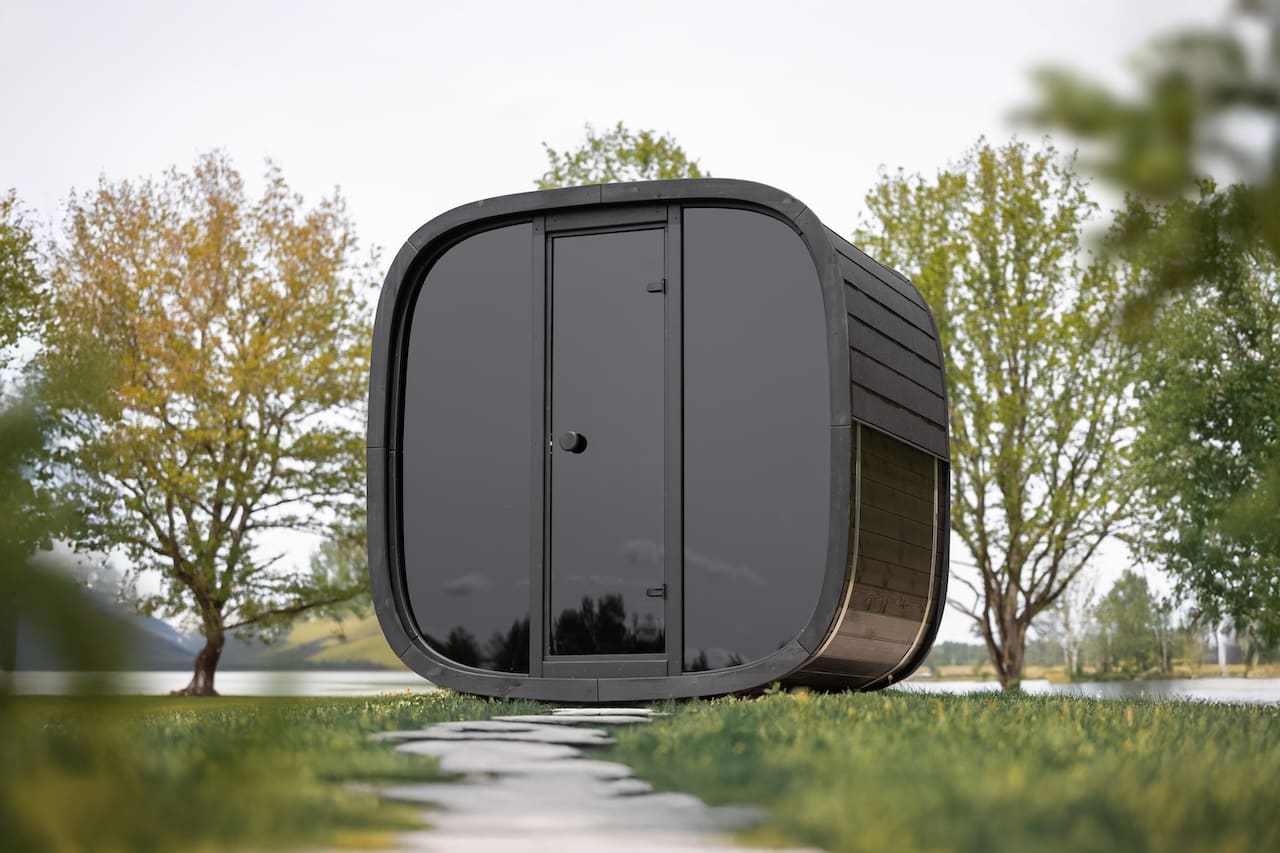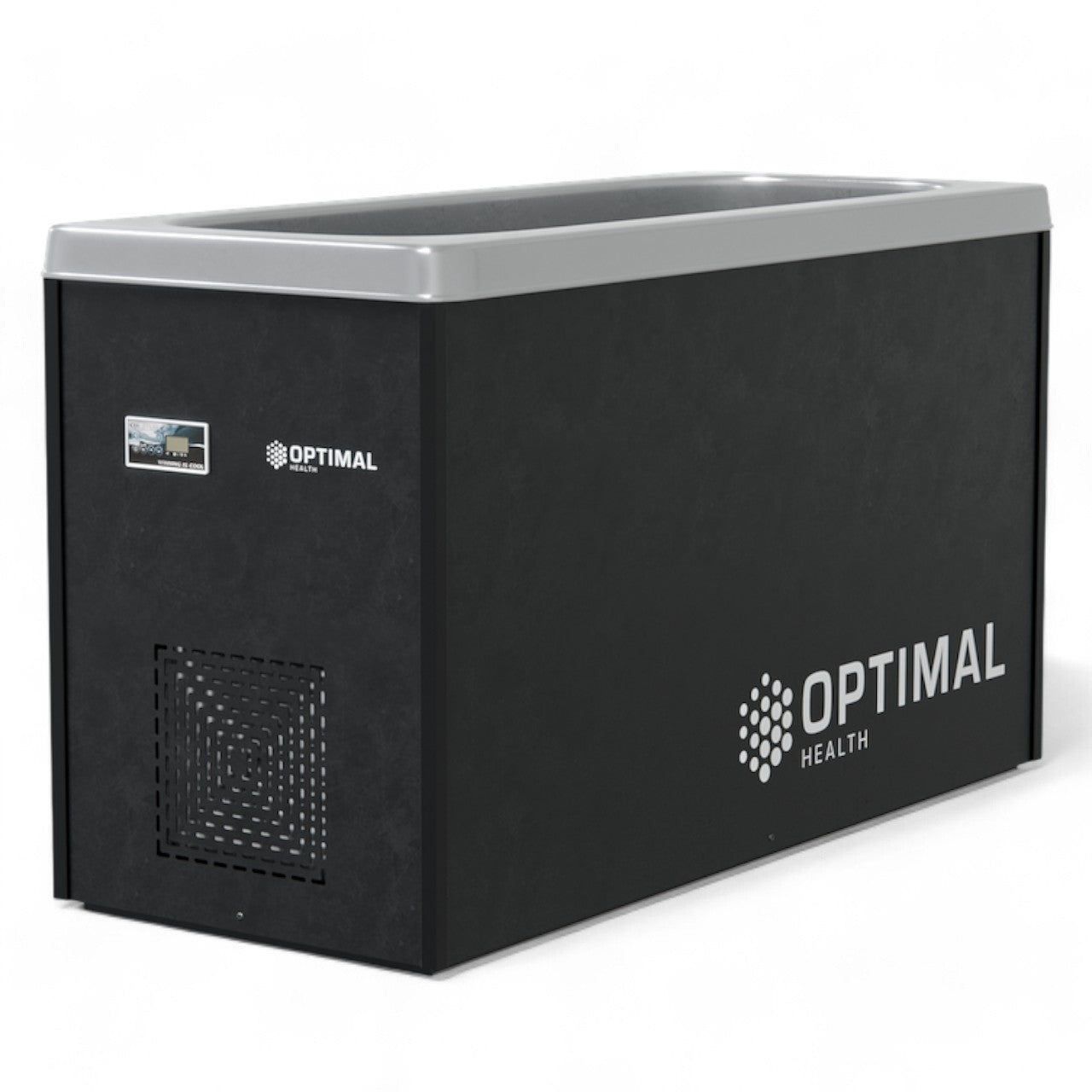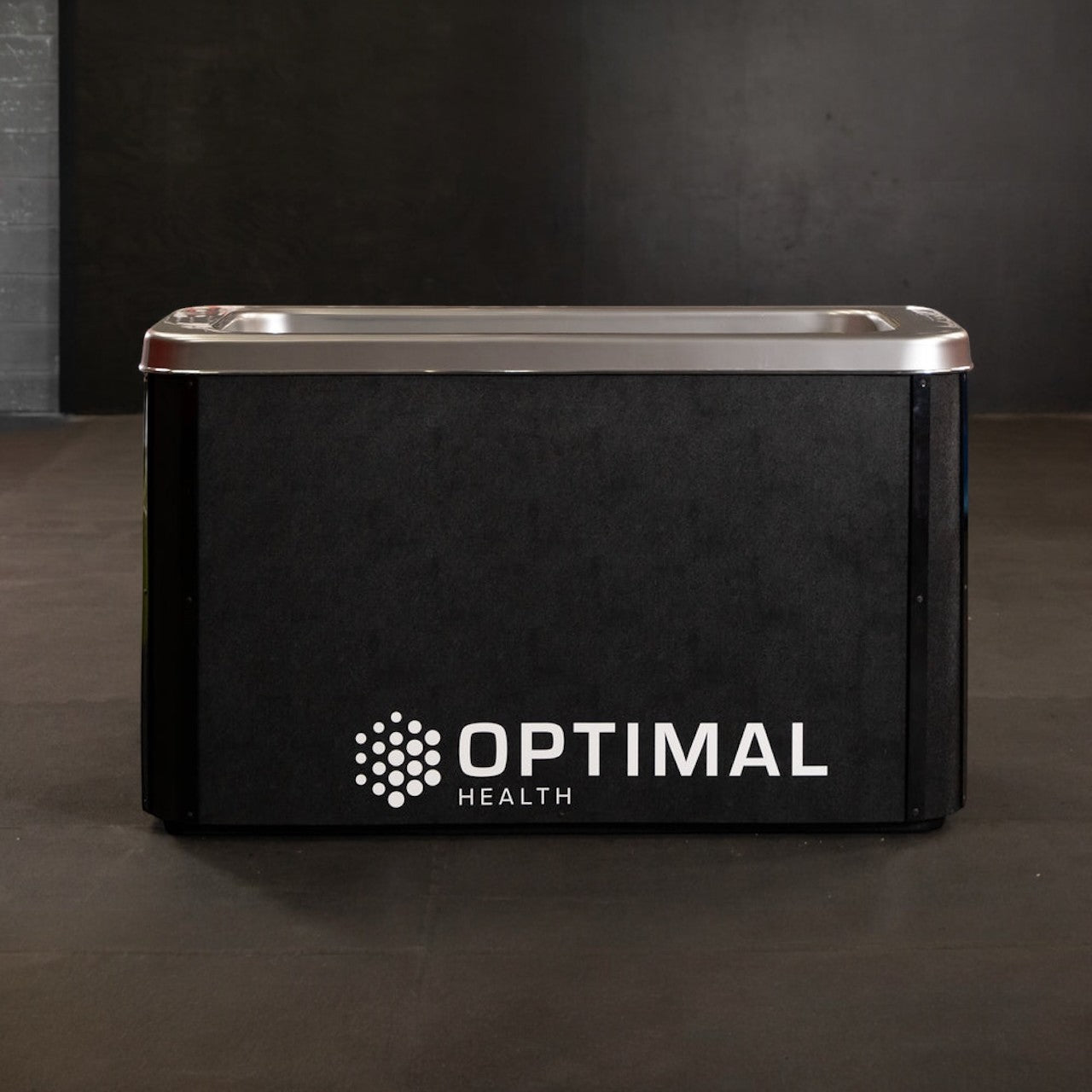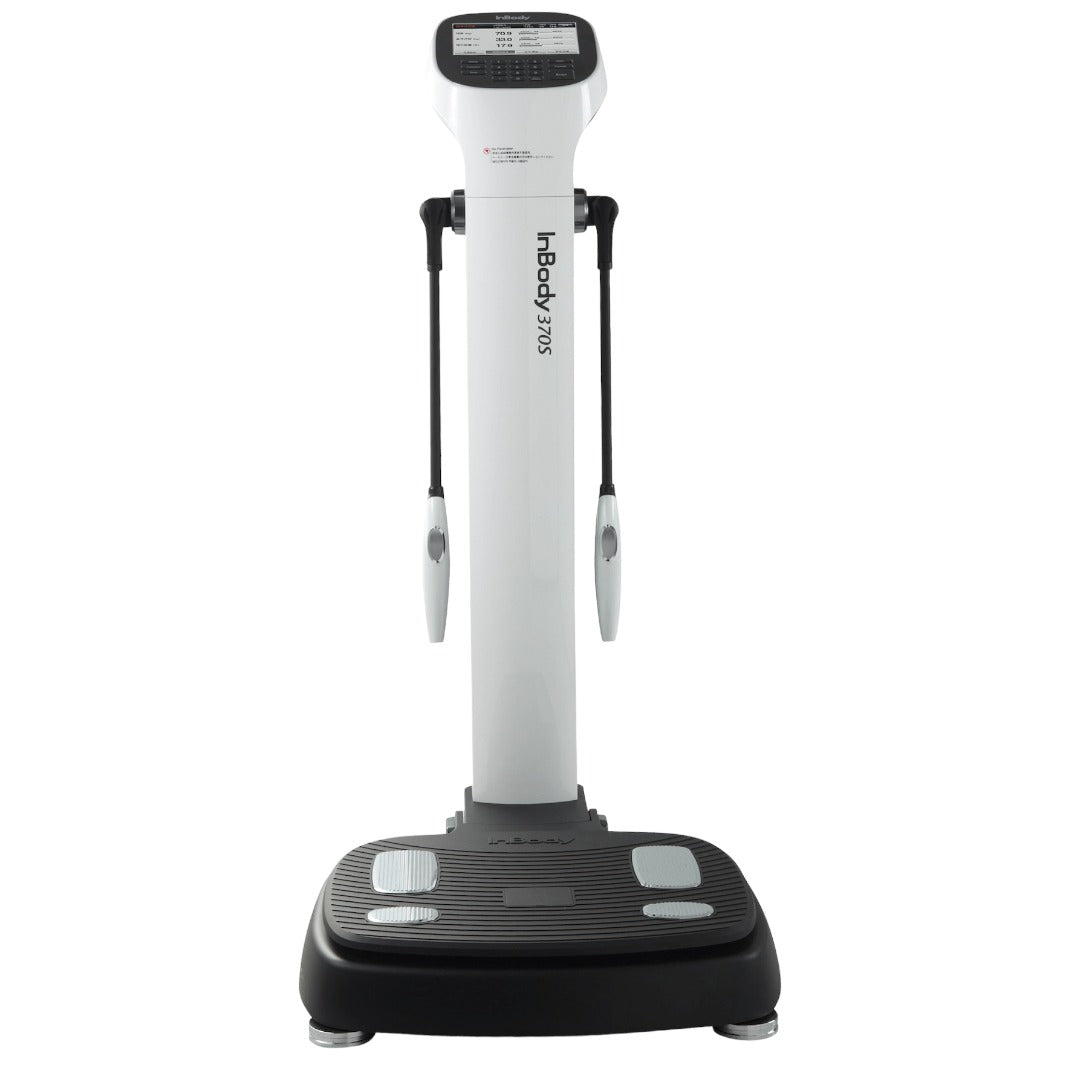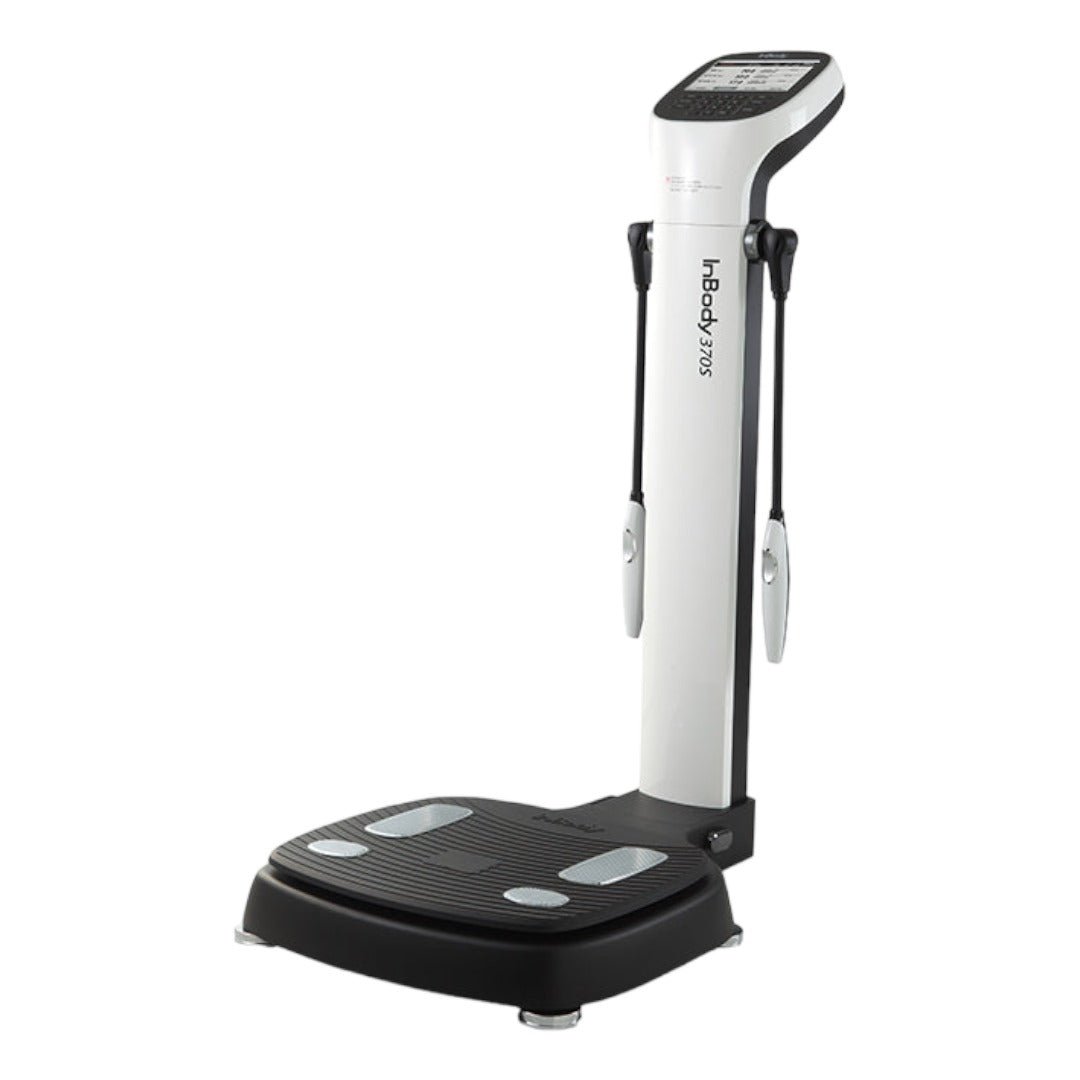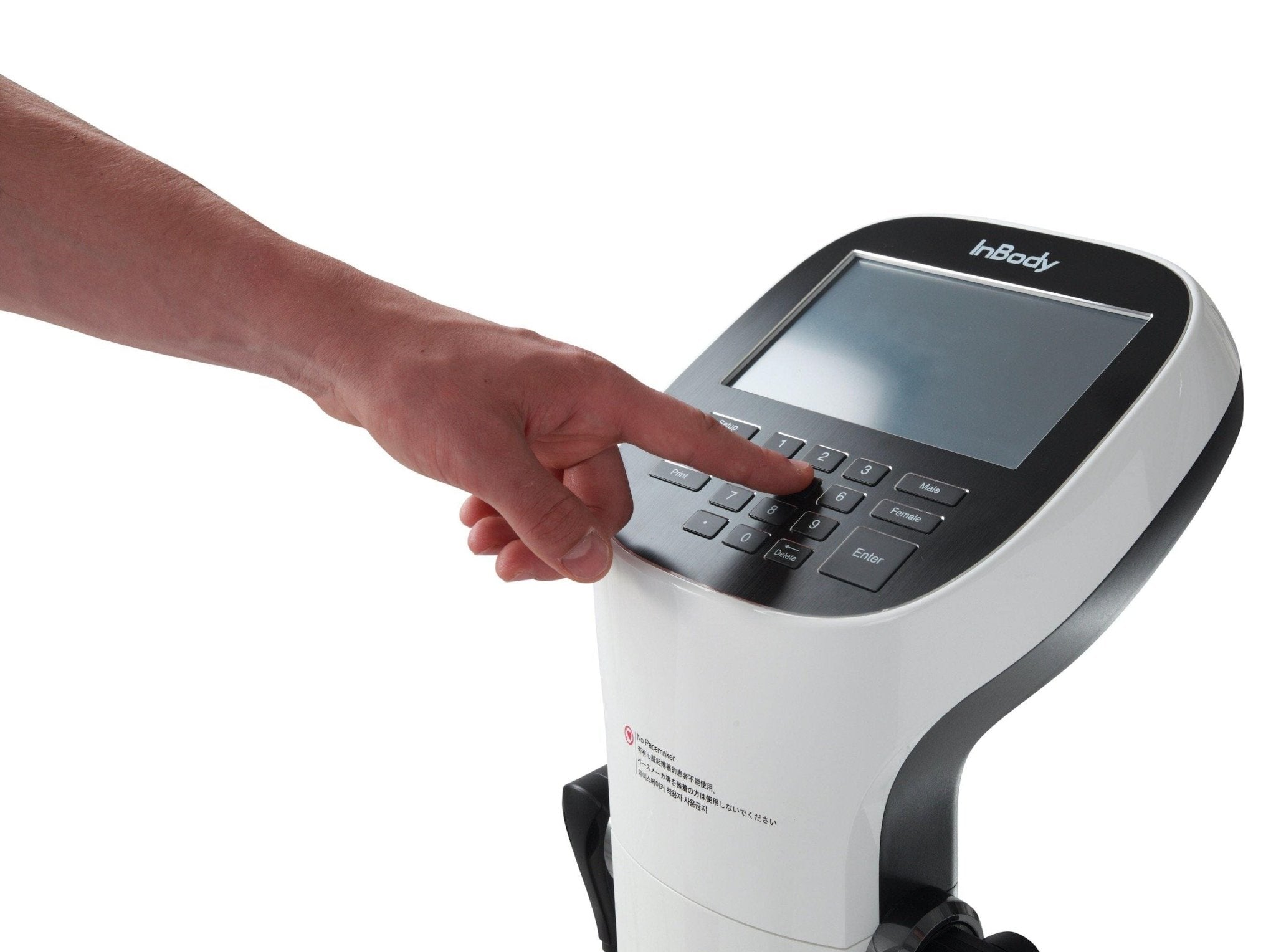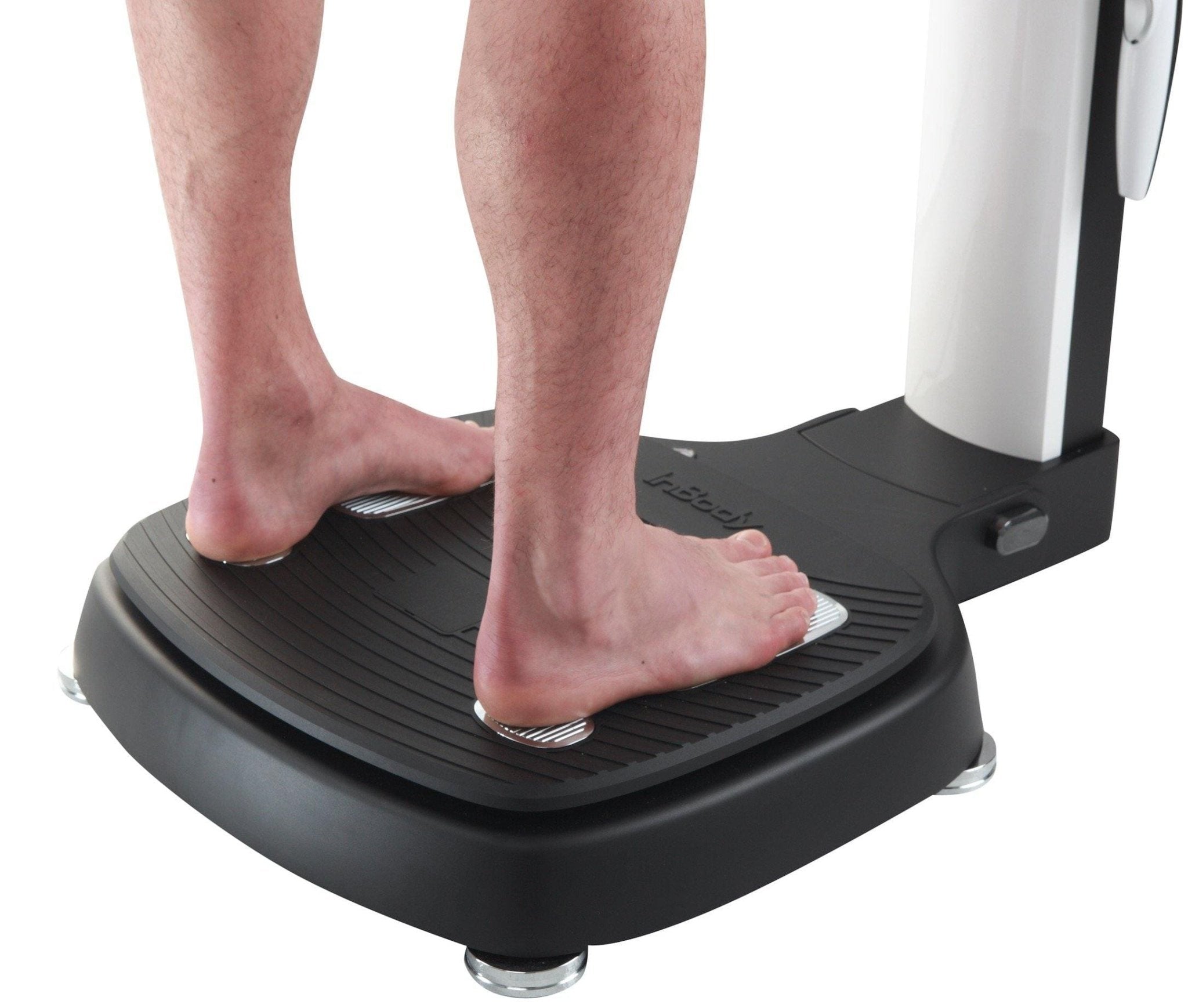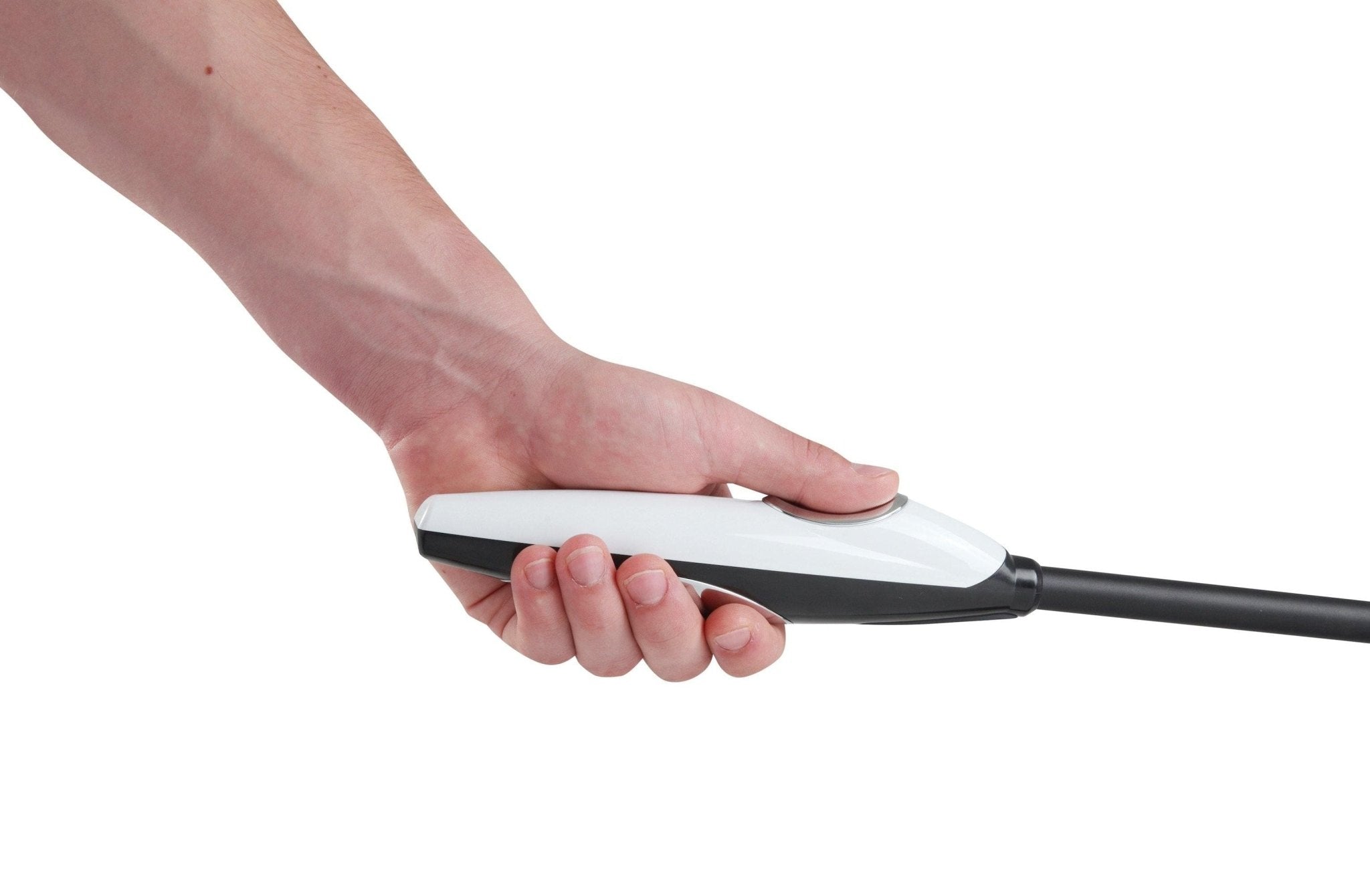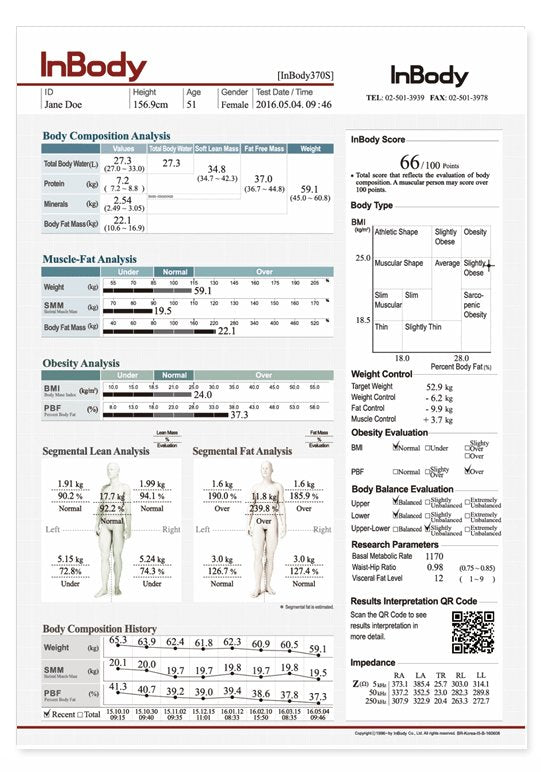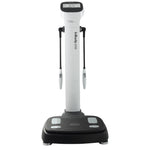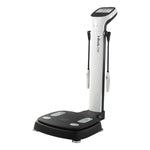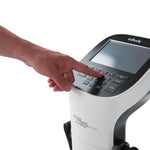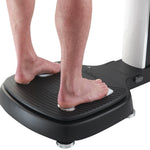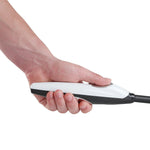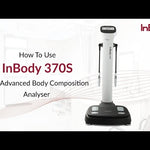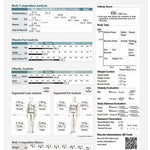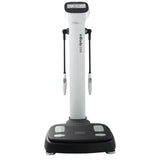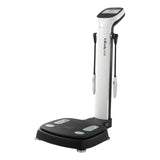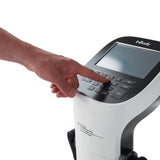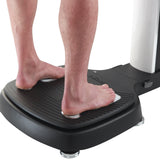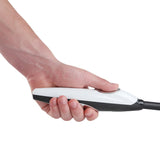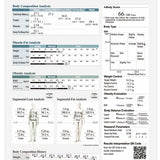15 Second Tests
Cloud Software
Accurate Results
FAQ about Inbody
What makes InBody's BIA technology unique?
InBody’s medical-grade body composition analyzers rely on four pillars of technology:
- 8-Point Tactile Electrode System with Thumb Electrodes
- Multiple Frequencies for precise body water analysis
- Direct Segmental Multi-frequency Bioelectrical Impedance Analysis (DSM-BIA) for accurate measurements of the entire body
- No empirical estimations, ensuring results are not affected by age, ethnicity, or gender.
What is Bio-Electrical Impedance Analysis (BIA)?
Bio-electrical Impedance Analysis (BIA) is a method used by InBody devices to measure body composition. It divides your weight into different components such as lean body mass and fat mass to assess health and nutrition.
How does BIA work?
BIA measures impedance by applying alternating currents on the human body. The more water in your body, the lesser the resistance. Muscle contains water, unlike fat, so the more muscle you have, the more body water you possess, leading to lesser resistance to the electrical current.
What is the significance of Reactance in BIA?
Reactance, also known as capacitive resistance, measures the cell’s ability to store energy. It's an indirect measurement of cellular strength and integrity.
How has BIA technology evolved over the years?
BIA technology has seen significant advancements since its inception. From Hoffer's experiments in 1969 proving the correlation between total body water and biological impedance to the commercialization of the impedance meter in 1979 by RJL Systems. In the 1980s, researchers discovered limitations to BIA and developed empirical equations to increase accuracy. In 1996, Dr. Kichul Cha developed the InBody body composition analyzer, revolutionizing BIA technology.
Why is segmental analysis important in BIA?
Traditional BIA viewed the human body as one cylinder, which led to inaccuracies. Direct Segmental Multi-frequency BIA views the human body as five cylinders (right arm, left arm, torso, right leg, left leg), allowing for more precise measurements.
How does InBody ensure accurate measurements?
InBody uses an 8-Point Tactile Electrode System with Thumb Electrodes to control contact resistance. It also uses multiple frequencies to measure both intracellular and extracellular water. Importantly, InBody devices do not rely on empirical estimations, ensuring that results are based on actual measurements rather than assumptions.
How does InBody compare to other BIA devices?
InBody has become one of the most accurate BIA devices on the market, with a high correlation of 0.99 to DEXA for lean body mass in adults.





